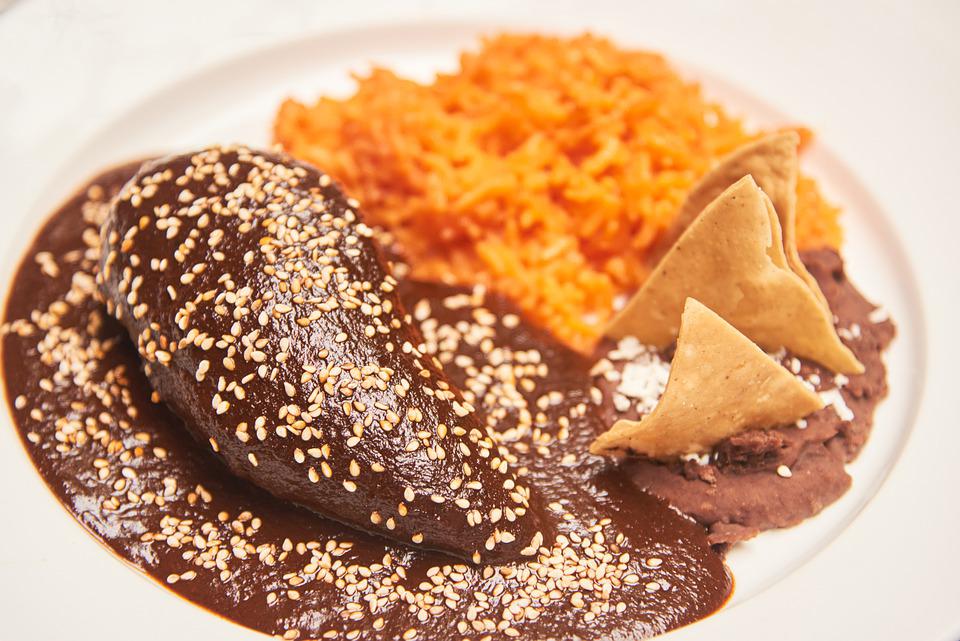Wine variations to Chili!
Capsaicin is the name of the pungent chemical substance that makes up the hot highs of one person and the burning painful nightmares of another. You can if you want to reach for a beer right now. But we also have a wine or two. So, what wine goes with chili?
At their origin in South America, chilies have been cultivated for over 5,000 years, and today they are the most widespread spice in the world in countless variations. Nature is clever: it lets birds swallow the pods whole and excrete the seeds far away from the mother plant. For mammals like us, on the other hand, it holds the temptation of playing with fire. We chew on the (usually seductive red) fruits, destroy the seeds and above all the spongy white tissue on which they grow – and we get hot. Because that’s precisely where the pungent capsaicin is concentrated. It hurts, but it’s also a little nice (especially in the gray winter), and it’s a little bit addictive! Beginner comfort: spiciness can be learned just like, say, noise. The first heavy metal concert and the first atonal Schoenberg piece are pure “noise”, but gradually you learn to hear in a more differentiated way. Besides, it doesn’t always have to be the full blast. Wine is the most fun with chili spices if the spiciness is in the personal comfort zone (see also our tip on dosage). Chilies are processed in the most sophisticated way in Mexico, where different varieties are combined to create extraordinarily complex flavor structures.

The pinnacle of this art, and virtually a Mexican national dish, is Mole Poblano, a thick, dark brown sauce served with turkey. It consists of a myriad of different ingredients, is often enhanced with a hint of chocolate, and some of the chilies are smoked. Our favorite wine to go with it comes from California (the southern part of which is part of Mexico is Baja California). The Lytton Springs from Ridge in the Santa Cruz Mountains is Zinfandel at its best, full of sun-drenched fruit yet not alcohol-heavy or broad, thanks in no small part to a portion of Petite Syrah – in the Mole combination, true, all-around warming winter fare. Here’s a word of warning about wine pairing with chili spices in general: more is not enough. If you like the style of Zinfandel and therefore reach for port next time, you’ll find that tannins and sweetness can get unpleasantly out of whack with spiciness. Easier to prepare than a mole and certainly familiar to everyone is chili con (or sin) carne. Tastes good with beer, of course (we prefer it with one of the more tart Belgian Trappist beers like Orval, by the way), but also pairs unconventionally and magnificently with a top-quality aged Alsatian Pinot Gris like the 2008 Clos St. Urbain Grand Cru it from Zind-Humbrecht, which brings buttery yellow fruit sweetness but also fine acidity to the bean-tomato-chili game. Beans again, but white, cooked with paprika-hot chorizo (or chouriço in Portuguese): They’re happy with red wine of the more robust kind, like Monte Velho from Esporão in the Alentejo. The sausage fat takes on the tannins, while the (smoked) pimentón heat recognizes the warm red spice of Touriga Nacional, Aragonez, Syrah, and Trincadeira as its equal.
Delicate with Thai curry

Do you prefer to take your chili dose in the form of Thai curries? We understand that very well. And we always enjoy drinking Riesling with it, from mineral, dry-aged wines from the Rheingau, for example from J. B. Becker, to fine, bitter Kabinett wines from the Mosel, Saar or Ruwer, for example, Scharzhofberger von Kesselstatt. The most important thing for us is always, regardless of the concentration of spiciness on the plate, that the wine itself is coherent and balanced in acidity, sweetness, and alcohol, then it will also tolerate our little spicy friends. There is so much chile hotness around the globe. We haven’t even talked about southern Italy’s angry pasta (all arrabbiata) or spaghetti alla puttanesca, with its peperoncini-infused tomatoes (yes, dry Riesling from warmer climes goes well, Aglianico from Campania too!).
Or the concentrated force of the complex Indian chili culture, to which Australian Shiraz, for once, is a very safe bank. Because Indians are rarely light and delicate, but powerful and muscular and want to be accompanied accordingly. Therefore also good: a suitable white wine from the Roussillon like the characterful Llum of Roc des Anges (from Grenache Gris with some Maccabeu). China also has a chile-flavored world to offer, which you can face well armed with Riesling, but according to some aficionados also with aged red wine from Bordeaux. What we avoid: Pinot Noir, because of its acidity and rather slender tannins. Unless it comes from the American West Coast – there it probably benefits again from the proximity to Mexico.

